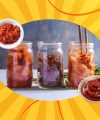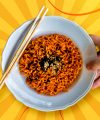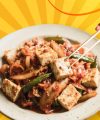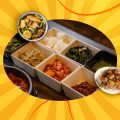Table Of Content
- What Is The History & Cultural Context of Korean Tea?
- What Are The Different Korean Tea Varieties?
- What Are The Different Blends & Modern Fusion Teas
- 1. Nokcha (Korean Green Tea)
- Subtypes:
- Regions:
- 2. Hwangcha & Balhyocha (Semi-Oxidized “Yellow / Fermentation Light” Teas)
- 3. Infusions, Herbal & Grain-based Teas
- Grain-Based Tisanes
- 4. Herbal / Botanical Infusions
- 5. Medicinal/Tonic Blends
- Sensory Tasting & Pairing
- What Are Some Important Brewing, Storage, & Serving Tips For Korean Tea Varieties?
- Water Temperature:
- How To Identify Good Quality Korean Tea Varieties?
- How To Buy The Korean Tea Varieties?
- The Diverse Korean Tea Varieties Explained
From the picturesque tea fields of Boseong to the enchanting slopes of Jeju, Korea’s tea culture is a beautiful blend of history, mindfulness, and rich flavor.
Unlike the more commercialized tea traditions found in China or Japan, Korea’s relationship with tea feels more personal.
It’s deeply intertwined with Buddhist monasteries, royal customs, and the simple acts of daily wellness.
These days, there’s a growing interest in Korean teas whether it’s the classic Nokcha (green tea) or the herbal delights like Omija-cha and Daechu-cha that offer both unique tastes and healing properties.
Whether you’re an experienced tea lover or just starting out on your tea journey, this guide is here to explore the different types of Korean tea varieties.
Additionally, I will also dive into their origins, uncover brewing techniques, and help you discover where to find the most authentic blends.
What Is The History & Cultural Context of Korean Tea?
Tea first arrived in Korea from China over 1,200 years ago during the Three Kingdoms period, introduced by Buddhist monks who viewed tea as a medium for meditation and purity.
As Korean scholars and monks exchanged knowledge with Tang China and later Japan, tea gradually found its place in Korean monasteries and royal courts.
The Korean tea ceremony (Darye) reflects a deep respect for simplicity and nature. Unlike the elaborate Japanese ritual, Darye focuses on harmony and sincerity. Over time, it evolved into both a daily custom and a spiritual practice — a reminder that tea is not just a drink but a way of being.
What Are The Different Korean Tea Varieties?
These are caffeine-free and made from grains, fruits, roots, or flowers staples in Korean households.
- Leaf Teas (Camellia sinensis varieties)
- Green (Unoxidized): Nokcha and its subtypes (Ujeon, Sejak, Jungjak, Daejak).
- Semi-oxidized / Fermented: Hwangcha, Balhyocha, and Hongcha (Korean black tea).
- Infusion / Herbal / Grain Teas (Tisanes)
What Are The Different Blends & Modern Fusion Teas
Contemporary Korea has embraced innovation with green tea–fruit blends, matcha infusions, and cold brews designed for wellness and convenience.
1. Nokcha (Korean Green Tea)
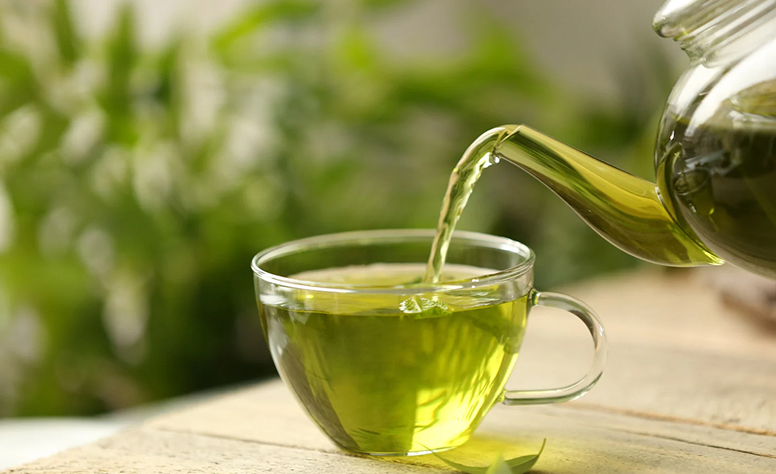
Nokcha is the heart of Korean tea culture. Made from hand-picked young leaves, it offers a delicate vegetal aroma with hints of seaweed and chestnut.
Subtypes:
- Ujeon (First Flush): Harvested in early spring; sweet and subtle.
- Sejak (Second Flush): Slightly bolder with grassy undertones.
- Jungjak / Daejak: Mature leaves yielding a deeper, nuttier flavor.
Regions:
- Boseong: Known for rich, umami-forward teas.
- Hadong: Korea’s oldest tea-growing region, producing artisanal, hand-roasted teas.
- Jeju Island: Offers volcanic-soil teas with clean, mineral freshness.
- Brewing tip: Use 70–80°C water and steep for 1–2 minutes to preserve the tea’s sweetness and aroma.
2. Hwangcha & Balhyocha (Semi-Oxidized “Yellow / Fermentation Light” Teas)
These rare teas undergo light oxidation, developing honeyed, malty notes reminiscent of oolong. Balhyocha in particular bridges the gap between green and black teas, offering earthy smoothness and lingering sweetness.
Produced in small batches mainly in Hadong and Jeju, Korean black tea or Hongcha carries floral and cocoa notes with gentle tannins.
It’s less astringent than Indian black teas, making it ideal for slow sipping or pairing with sweets.
3. Infusions, Herbal & Grain-based Teas

Grain-Based Tisanes
- Bori-cha (Barley Tea): Korea’s most common everyday tea, roasted barley steeped into a nutty, caffeine-free brew.
- Oksusu-cha (Corn Tea): Mildly sweet with a toasted flavor; often served cold in summer.
- Hyeonmi-cha / Hyeonmi-nokcha (Brown Rice Tea): Roasted brown rice adds warmth and depth; sometimes blended with green tea for a nutty balance.
- Memil-cha (Buckwheat Tea): Popular in winter; rich in antioxidants and beneficial for digestion.
4. Herbal / Botanical Infusions

- Omija-cha (Magnolia Berry Tea): Known as the “five-flavor berry” tea simultaneously sweet, sour, salty, bitter, and pungent.
- Ssuk-cha (Mugwort Tea): Herbal, slightly bitter, and detoxifying; linked to women’s health.
- Daechu-cha (Jujube Tea): Sweet and soothing, often made with honey; a natural immunity booster.
- Yuja-cha (Citron Tea): A bright, marmalade-like infusion rich in vitamin C, served warm in winter.
- Chrysanthemum & Persimmon Leaf (Gamip-cha): Floral and mild, excellent for relaxation and heart health.
5. Medicinal/Tonic Blends
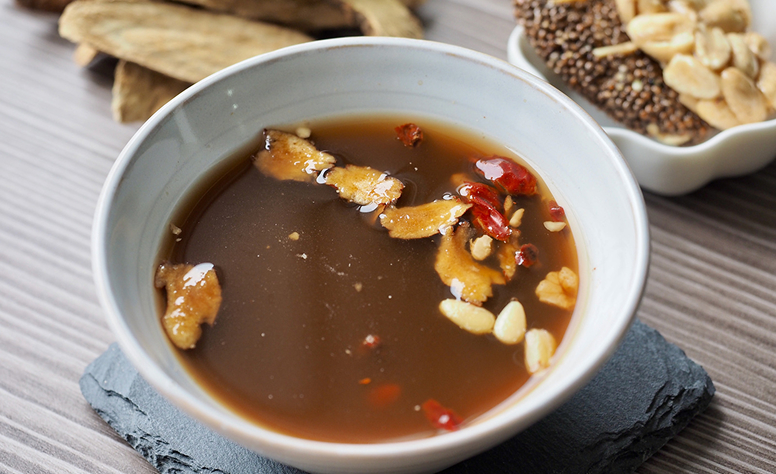
- Ssanghwa-cha: A traditional restorative made from multiple herbs, often taken for fatigue.
- Jeho-tang: A centuries-old tonic known for enhancing circulation and focus.
Sensory Tasting & Pairing
Korean teas offer a vast sensory palette. It ranges from the grassy clarity of Nokcha to the roasted warmth of Bori-cha.
Green teas go wonderfully with rice-based snacks or mochi, making for a delightful pairing.
Herbal infusions, on the other hand, really enhance the flavors of fruits or light desserts.
When it comes to grain teas, they stand out best when enjoyed with savory dishes or as refreshing palate cleansers.
If you’re looking to explore these teas more deeply, try starting with Nokcha, transitioning to Balhyocha.
Finally, you can then wrap up with a floral Omija-cha for a nice contrast. It’s a lovely way to experience the variety in flavors!
What Are Some Important Brewing, Storage, & Serving Tips For Korean Tea Varieties?
These are the most important tips you need to keep in mind if you wish to either brew, store, or serve the Korean tea varieties:
Water Temperature:
- Nokcha: 70–80°C
- Hwangcha / Balhyocha: 85°C
- Herbal / Grain teas: Boiling water
- Steeping Time: 1–3 minutes for leaf teas, 5–10 minutes for herbal teas.
- Storage: Keep airtight, away from sunlight and moisture.
- Serving: Traditionally, tea is served in small ceramic cups to emphasize mindfulness and appreciation of aroma.
How To Identify Good Quality Korean Tea Varieties?
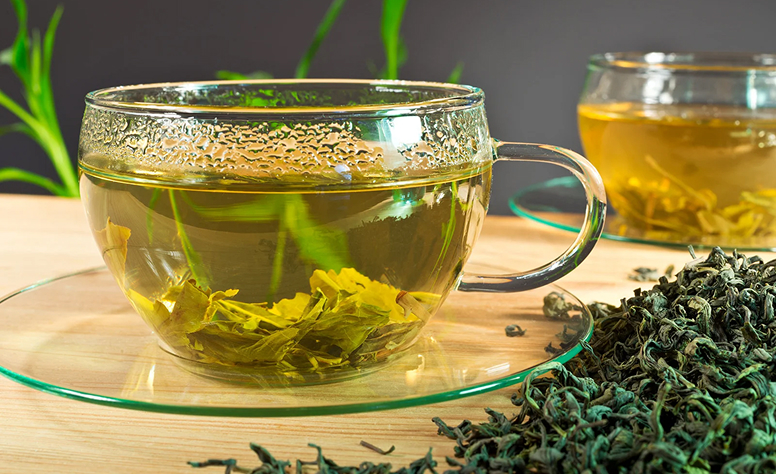
Okay, first, you need to look for whole, uniform leaves. Additionally, you need to look for minimal dust and a fresh aroma.
Authentic Korean teas often include farm or region names (e.g., “Hadong Nokcha”).
A few Trusted Korean Tea Brands are:
- Osulloc (Jeju): Premium teas with elegant blends.
- Nokchawon: Widely available with both classic and modern flavors.
- Boseong Tea Farmers’ Cooperative: Known for artisanal, hand-rolled teas.
How To Buy The Korean Tea Varieties?
In Korea: Visit the Boseong Tea Plantation or Osulloc Tea Museum in Jeju for immersive experiences.
Online: Korean teas are available through Amazon, global tea stores, or brand websites.
Prices range between ₹600–₹1500 per 100g for premium leaf teas, while herbal teas are more affordable.
Modern Korea has embraced tea as both a health drink and a lifestyle statement.
Cold brews and ready-to-drink bottled teas dominate convenience stores.
Fusion blends, green tea with ginseng, citron, or matcha appeal to global palates.
Tea tourism and farm-to-cup experiences are rising, particularly in Jeju and Boseong.
The Diverse Korean Tea Varieties Explained
Korean tea culture is a quiet art form that beautifully merges the elements of nature, wellness, and mindfulness.
It invites us to experience a moment of serenity with every cup. Each variety of tea has its own unique story.
Additionally, it captures the essence of Korea’s rich traditions and values.
Take Nokcha, for example its refreshing simplicity is not just a treat for the palate.
It embodies the spirit of harmony found in the natural world. On the other hand, Omija-cha offers a medicinal charm, with its subtly tart flavor and health benefits.
So, this makes it a staple in Korean remedy practices. With every sip, you’re not just tasting tea. You’re partaking in a cultural narrative that spans generations.
As you explore the depths of Korean teas, allow yourself to brew with intention. Each process, from selecting the leaves to pouring the hot water.
Additionally, it invites mindfulness. It encourages you to slow down and truly savor the moment.
Let your senses embark on a journey through Korea, discovering the stories that unfold in each teacup, and embrace the tranquility that comes with this age-old ritual.


